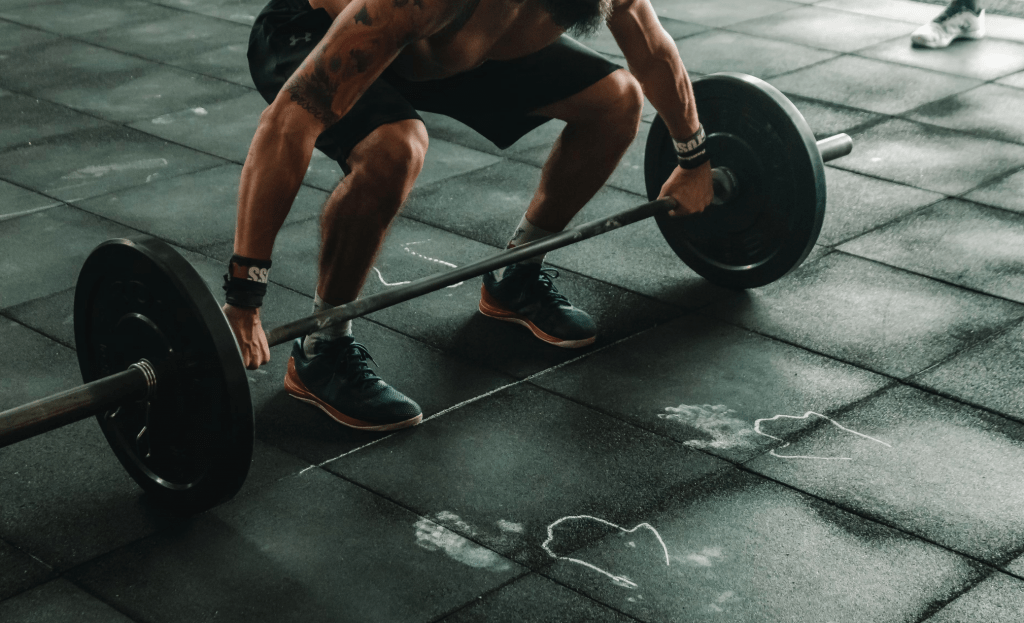In the current global landscape, enhancing the immune system has become a focal point for many. Immunity, in fact, depends on various factors—some within your control and others not. Exercise plays a role in immune function, making it worthwhile to understand how your workout routine affects your ability to combat infections. Here, experts elaborate on when exercise is beneficial, when it might be detrimental, and how to exercise safely while focusing on immunity.
How Exercise Boosts Your Immune System
“Aerobic exercise and resistance training both contribute to strengthening the immune system and counteracting the immunosenescence effects, the gradual deterioration of the immune system,” explains Tom Holland, exercise physiologist, sports nutritionist, and author of “The Micro-Workout Plan.”
But how does it work exactly? Over the long term, exercise mobilizes T cells, a type of white blood cell that aids in protecting the body from infections, says Holland. “This holds true for both moderate-intensity and high-intensity aerobic exercise,” he adds.
There’s also evidence suggesting that obesity may lead to immune suppression and increased risk of illness, says Allen Brown, research assistant at Ultimate Performance. However, regular exercise can help reverse some of these effects, even without weight loss. Hence, everyone’s immune system can benefit from some form of exercise, regardless of body weight.
While positive cellular changes induced by exercise are observed, there’s robust epidemiological evidence, or evidence observed at the population level, indicating the benefits of exercise on our immune systems.

“As humans, our disease susceptibility follows a J-shaped curve,” explains Todd Buckingham, exercise physiologist at the Mary Free Bed Sports Rehabilitation Performance Lab. This means that the risk of upper respiratory infections is higher for those with no or very little physical activity, precisely the category you’d categorize COVID-19 into. Those engaging in moderate physical activity have a lower risk of upper respiratory infections—40% lower than those with little or no activity, says Buckingham.
When Exercise Might Be Harmful
The tail end of the J-shaped curve described above involves those engaging in “excessive” physical activity. For these individuals, the risk of upper respiratory infections is higher—about 50% higher than those with lower physical activity levels, says Buckingham. “This is particularly important for athletes (and non-athletes) at the current time, given that COVID-19 is a respiratory illness.”
Holland agrees, noting that real high-intensity, especially prolonged aerobic exercises like those undertaken by marathon runners and triathletes in training, may have adverse effects on the immune system. “These athletes often report mild colds or sore throats during tapering periods, usually attributed to extended exercise and high training volumes,” he adds.
This might be partially attributed to something called the hormesis effect. “The hormesis theory suggests that there’s an optimal dose of stress where our physiology actually adapts over the mid to long term to protect us from future stress,” explains Brown. “Too little stress, and we fail to adapt and progress from exercise; too much stress, and we may ultimately fail to recover, get injured, experience pain, or even see a degradation in performance.” Therefore, there’s an exercise “sweet spot” where we don’t want too much or too little.
Some evidence also suggests that individual intense bouts of exercise might suppress the immune system, says Brown. “Immune cells, called lymphocytes, are downregulated, and other hormones and protein messengers in our body seem to be negatively affected.” In the ’80s and ’90s, there was a belief that this temporary immune suppression created a window of opportunity, making us more susceptible to infection.
However, new research indicates it might not be that straightforward. Rather than lymphocytes being downregulated, they might simply be relocating, such as to the lungs, getting ready to “fight” infection, notes science writer and medical researcher Tracy Evans. But this research is still emerging, making it challenging to make confident recommendations based on it.
In any case, excessively intense exercise is unlikely to be a concern for most people. Even with the rise of high-intensity interval training programs at home, most people aren’t genuinely engaging in these higher-intensity workouts, says Holland. “That being said, for those pushing their aerobic exercise into anaerobic ‘red zones’ at home, it’s best to dial it back a bit during this particular time.”

How to Exercise If You’re Concerned About Immunity
If You’re Not Exercising, Now’s a Good Time to Start
“With many states implementing stay-at-home orders, this gives us more opportunities for exercise,” says Buckingham. “Don’t worry about gyms, pools, and fitness centers closing. Just look around you—anything can be used for exercise.”
If You’re Already Exercising, Take It Easy
“Now is a time to be cautious,” says Holland. During times of uncertainty, he suggests reducing exercise intensity, focusing on aerobic endurance but without overdoing it. Low-intensity aerobic exercise is a good option, he adds.
If You’ve Been Training Intensely, Scale Back
Buckingham concurs, noting that if you’re someone who regularly pushes your limits with daily intense workouts, now is the time to dial down the intensity. “With all events and activities through May (possibly further) postponed or canceled, there’s no need to do extreme training that may drag your immune system into the mud. Keep up with exercise habits but tone down the intensity,” he advises.
Final Thoughts
“Exercise 3-5 days per week, exercise 30-60 minutes per day, keep your heart rate below 75% of your maximum heart rate (if you don’t know your max heart rate, you can estimate it by subtracting your age from 220),” says Buckingham. “This way, you get the most benefits—you exercise enough to enhance immune function, and reduce infection risk, yet not over-exercise, increasing your risk of infection.”
If you feel like you’re battling some illness, Evans says the safest course of action is to stop exercising: “This may be more harmful than beneficial, possibly leading to severe consequences.”



+ There are no comments
Add yours